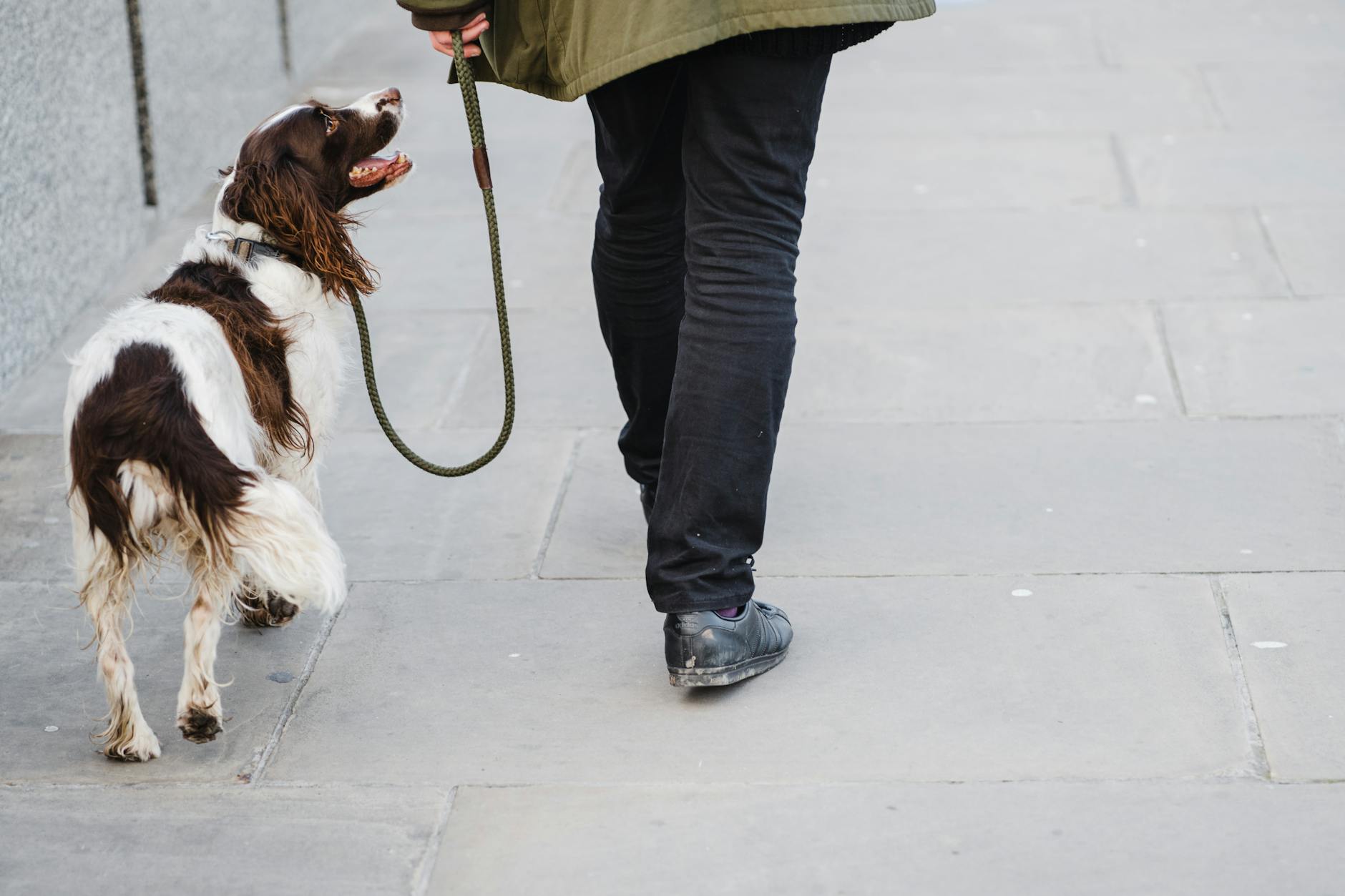Pro Tips: Train Your Dog to Hush Now!

Dogs are wonderful companions, full of energy and enthusiasm. However, sometimes their barking can become excessive, creating disturbances and potentially leading to issues with neighbours. Training your dog to be silent on command is not only considerate to others but also an essential aspect of a well-behaved canine companion. In this article, we will go through some expert advice and effective techniques that will help you master the art of quieting your dog.
Understand the Why
Before you embark on training your dog to hush, it's crucial to understand why they are barking. Dogs bark for various reasons: attention-seeking, warning, boredom, fear, excitement, or responding to other dogs. Identifying the root cause is the first step in effectively teaching your dog to be quiet.
The Basics of Training
Training any dog requires patience, consistency, and positive reinforcement. Remember to:
-
Keep training sessions short and enjoyable.
-
Use high-value treats to reward your dog.
-
Be consistent with your commands and rewards.
-
Practice in different environments to generalize the behaviour.
Teaching the "Quiet" Command
-
Choose Your Command Wisely: Decide on a word or phrase for your command, such as "quiet" or "hush," and stick to it.
-
Capture the Silence: Wait for your dog to bark, then gently hold their muzzle and say your command in a calm and firm tone. Release the muzzle as soon as they stop barking. Then immediately reward them with a treat and affection.
-
Gradually Extend Quiet Time: Once your dog starts responding to the command, gradually increase the time before you give them a treat. Start with a few seconds, then move up to minutes.
-
Use a No-Reward Marker: If your dog barks again, use a no-reward marker—a word that lets them know they didn't follow the command correctly, such as "Oops" or "Try again."
-
Practice and Increase Distractions: Train in different environments with more distractions once your dog starts to master the command at home.
Managing and Redirecting Barking
In conjunction with teaching the "quiet" command, you should manage the environment to reduce barking triggers:
-
If your dog barks at passersby, close the curtains or move them to another room.
-
Provide plenty of physical exercise and mental stimulation to prevent boredom.
-
Redirect their attention with toys or training tasks as soon as they begin to bark for attention.
Advanced Tips
-
Desensitization: Expose your dog to the stimuli that cause barking at a low level, and slowly increase the exposure while keeping them calm and rewarding them for silence.
-
"Speak" Command: Paradoxically, teaching your dog to bark on command can make it easier to teach them to be quiet, as it puts barking under your control.
Consistency is Key
Remember that consistency is critical. Everyone in your household should use the same command and follow the same training principles. With patience, your dog will learn that silence brings rewards and that they can trust your guidance to know when it's appropriate to bark and when it's time to hush.
Happy training!